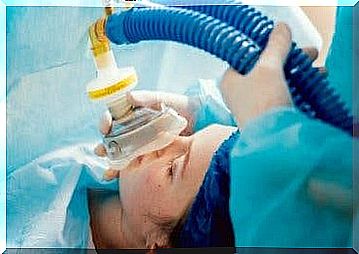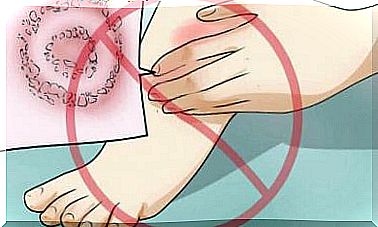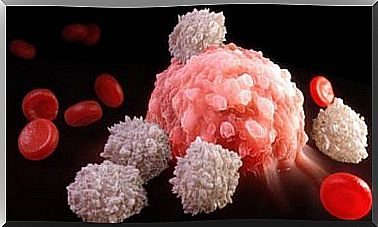Learn If You Need To Know About Halothane

Halothane is a common medicine used by healthcare professionals to induce general anesthesia. It is an anesthetic that doctors administer by inhalation to induce a rapid but steady loss of consciousness. It has a pleasant aroma, is colorless and does not irritate the mucous membranes.
Healthcare professionals used this drug extensively during the 1960s and 1980s, both in adults and children. It was synthesized by the chemist CW Suckling in 1951 and was first used as an anesthetic in 1956. It replaced the use of other anesthetics at the time, such as ether or cyclopropane.
However, the use of halothane was gradually reduced during the 1980s due to the introduction of new volatile anesthetics, such as enflurane and isoflurane. Although it is rarely used in developed countries, some developing countries continue to use it in veterinary medicine, as it is quite inexpensive.
Dosage and administration

Today, there are various aerosol systems for the administration of halothane on the market. For example, there is an open circuit, semi-open or closed circuit. Healthcare professionals use them interchangeably because they all give good results.
The dose will vary depending on the characteristics of the patient. In this regard, anesthesia personnel may administer a concentration of 2-4% halothane in oxygen / nitrous oxide to induce general anesthesia in adults and the elderly.
If the goal is to maintain anesthesia, healthcare professionals can use a concentration of 0.5-2% halothane. On the other hand, the physician may use a concentration of 1.5-2% for induction of general anesthesia when administered to children, and a concentration of 0.5-2% for maintenance of anesthesia.
Halotane and contraindications
Healthcare professionals cannot administer this medicine to patients who have had malignant hyperthermia. Experts advise against using it for patients who are sensitive to it. Furthermore, if the patient develops clinical symptoms of unexplained jaundice and pyrexia after administration of halothane, future administrations are also contraindicated.
Furthermore, not enough studies have been performed to ensure that this drug is safe for pregnant and lactating women. Therefore, it is best to avoid general anesthesia with inhalants during early pregnancy.
In the case of lactating women, there are not enough controlled studies of halothane use in this population. Although experts have discovered the presence of this agent in breast milk, they have not determined the effect on infants.
In addition, persons who have to drive or operate machinery should take into account that general anesthesia may impair their ability to do so. Despite these contraindications, healthcare professionals have been using this anesthetic for over 30 years with no apparent consequences.
Side effects of halothane

Halotan, like all other medicines, has possible side effects. Side effects are unwanted and unintended events that a patient can expect when starting treatment with a drug.
In this regard, halothane may trigger a hypermetabolic clinical picture in skeletal muscle which may eventually lead to malignant hyperthermia. Thus, experts advise against using it on patients who have previously suffered from this.
There are other possible side effects. In general, these include:
- hypercapni
- stiffness in muscles
- tachycardia
- takypné
- arrhythmia
This drug can also cause other side effects, such as nausea, vomiting or liver problems. As you can see, these symptoms are not very specific. This is the reason why one must pay close attention. If any symptoms occur, treatment must be stopped immediately.
Conclusion
Halothane is a medicine that healthcare professionals administer by inhalation to induce or maintain general anesthesia. If you have any questions about this medicine or general anesthesia, talk to a doctor or pharmacist.









